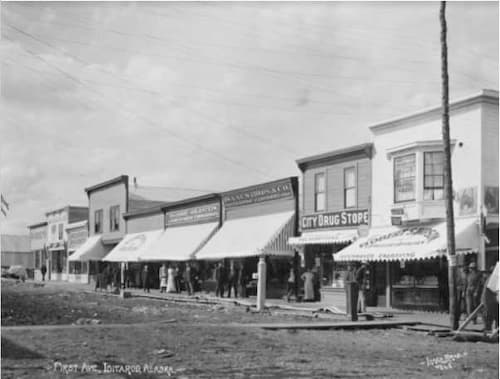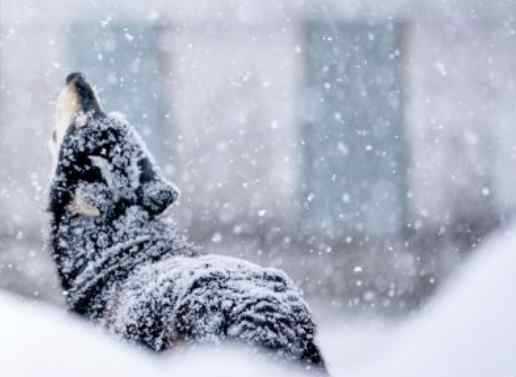Releases COVID-19 prevention plan for 2021 race
WASILLA, Alaska – After much deliberation and anticipation of modifications needed to safely execute the Iditarod Trail Sled Dog Race during a global pandemic, Iditarod race organizers and its board of directors Friday announced a modified race route in 2021, as well as a comprehensive COVID-19 prevention plan.
Dubbed the Iditarod Gold Trail Loop, the race route will follow a portion of the traditional Iditarod southern race route to the Iditarod checkpoint, and then continue to the mining ghost town of Flat before looping back to the southern route in a course that is approximately 860 miles.
For the 49th running of the Iditarod, the currently rostered 57 race teams will be offered a fresh racing challenge and opportunity that will require them to persevere on a course that crosses the Alaska Range, Happy River Steps and the notorious Dalzell Gorge, twice. A feat never before attempted.
“The Iditarod is synonymous with community, perseverance, and ingenuity. The 49th race will channel the state’s rich history and tradition of the sled dog and honor the indomitable spirit of the 49th state,” said Iditarod CEO Rob Urbach. “This modified race route and the execution of the COVID-19 prevention plan will enable us to maintain the integrity of the race and the psychic value of the coveted finisher’s belt buckle.”
[content id=”79272″]
While the race forges a new path for the 2021 iteration, community leaders in checkpoints that will not be visited this year on the latter half of the southern route acknowledge that the decision, while disappointing, was necessary for the overall health and safety of its residents.
“We support the Iditarod’s decision to alter the race route for the 2021 race,” said John Handeland, Iditarod board member and mayor of Nome. “We understand the circumstances and wish they were different. The burled arches in Nome will be ready and waiting for the return of the race in 2022 for the 50th running.”
The COVID-19 prevention plan, developed with guidance from the Alaska Department of Health & Social Services, trail communities and Iditarod infectious disease epidemiologist czar Dr. Jodie Guest, is built on disciplined protocols and a self-reinforcing culture. The core tenets include checkpoint “bubbles,” robust testing protocols, mandatory face masks, social distancing and reducing staff to mission critical. The plan is subject to change as the Iditarod continues to work with the state, communities along the trail and all of its partners to modify the plan as needed.
Dr. Guest, who is also a longtime Iditarod race volunteer, has been advising the Iditarod regarding risk mitigation best practices, surveillance and contingency planning since September 2020 and will continue to do so throughout the 2021 race.
“Over 100 years ago, Iditarod was a vital gold mining community that contributed greatly to the woven tapestry of Alaska’s story. The 2021 Iditarod Gold Trail Loop will not only honor the essence of the sled dog culture but energetically draw from those early gold-seeking pioneers,” said Mike Mills, Iditarod board of directors president. “The board, after thoughtful deliberation has determined that the highest standards of safety can be maintained for the canine and human athletes, volunteers, and communities, so we are excited for the unique setting and challenges of this year’s race.”
More information on the Iditarod Gold Trail Loop will be finalized in the coming weeks. The Iditarod will be holding a virtual press conference in early January 2021, to provide a more detailed update on the 2021 race route and answer questions about its commitment to the health and safety of its participants. Further details will be released in a follow up media advisory.
###






